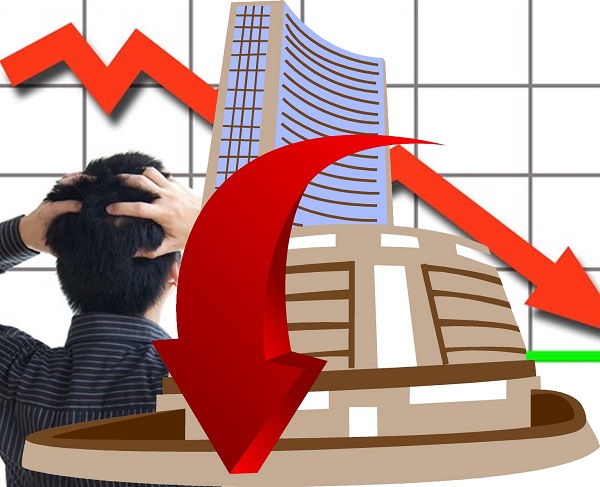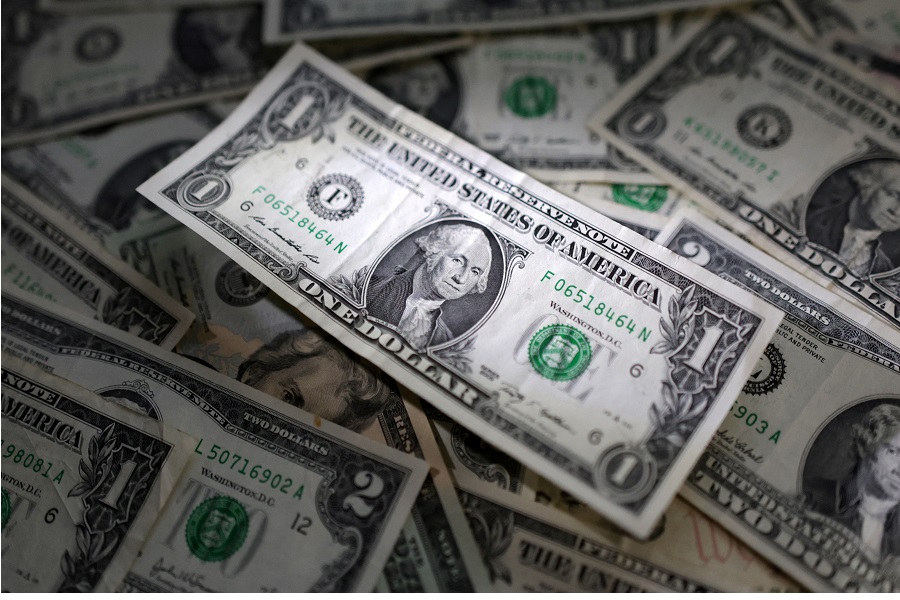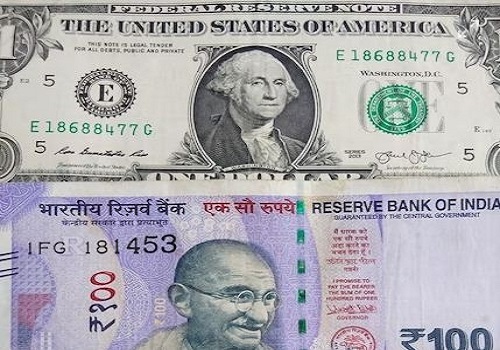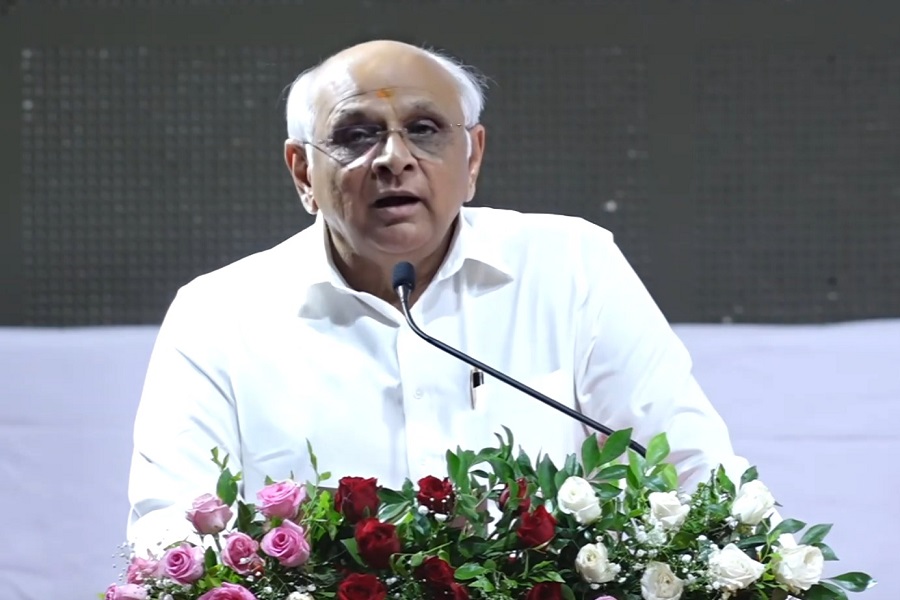Private sector determines economic growth and thus inflation - Motilal Oswal

Where have all the fiscal deficits gone?
Private sector determines economic growth and thus inflation
* US President Joe Biden announced a USD1.9t COVID package to tackle the pandemic-induced economic slowdown. This was supported by Janet Yellen, former Chair of the US Federal Reserve and current nominee for US Treasury Secretary. Will this bring the push needed for economic recovery? Maybe. But, the historical evidence is not favorable.
* Against an average core fiscal deficit* of 3.7% of GDP in the US over the pre-GFC period (1998–2008), the shortfall had more than doubled to 7.6% of GDP over the post-GFC, pre-COVID (PGPC) period (2009–19). In absolute terms, this implies a combined core fiscal deficit of USD57.4t over the PGPC period – almost triple the combined shortfall of USD20.5t seen over the pre-GFC period. Furthermore, the US current account deficit (CAD) has averaged 2.4% of GDP in the 11-year period since 2009, vis-à-vis an average 4.3% of GDP over 1998–2008. These two developments released resources equaling ~6% of GDP in the US economy. However, this failed to boost real GDP growth, which averaged 1.9% in the latter period v/s 2.8% in the former period.
* “Where have all these additional resources (higher fiscal deficits and lower CAD) gone, and why has growth weakened further post the GFC?” The macroeconomic equation (which we call the ‘Theory of Everything’) indicates higher fiscal deficit and lower CAD add to the private sector’s surplus in an economy. These adjustments must be true and must hold at all times. If the fiscal deficit expands and current account balance improves, additional resources are generated, which are unambiguously absorbed by the private sector. This means the US’ private sector surplus increased by ~6pp of GDP in the PGPC period.
* Since the private sector comprises the corporate and household sectors, further details suggest the US’ corporate profitability (measured by PAT) averaged 9.4% of GDP in the PGPC period vis-à-vis an average 7.2% in the pre-GFC period. The corporate sector retained just ~43% of gains, while the remaining 57% was passed on to the household sector via dividends.
* Despite higher profitability, corporate (gross) investments fell by 0.6pp of GDP in the PGPC period (to 13.2% of GDP from 13.8% earlier). Household investments also declined by as much as 1.6pp of GDP (to 3.7% of GDP from 5.3% earlier). Consequently, the corporate sector’s surplus (the difference between savings and investments) increased by 2.1pp of GDP (around one-third of additional resources), and the household sector absorbed the remaining two-thirds of additional resources (equaling 3.8pp of GDP).
* Another way to look at this is that while the private sector’s surplus improved by ~6pp of GDP in the PGPC period, almost 60% (3.6pp of GDP) of this improvement was due to higher savings and the remaining 40% (or 2.3pp of GDP) was on account of lower investments.
* Overall, instead of boosting spending, the additional resources released on account of larger fiscal gaps and improved external balances were saved by the private sector. This effectively explains weak GDP growth in the PGPC period. There are thus three key lessons one can take from this. a) Higher fiscal deficits may help mitigate the recessionary influence, but they do not lead to better economic growth – unless spending is seen from the private sector. b) Higher corporate profits do not necessarily lead to higher corporate investments. c) COVID-19 is likely to have exaggerated the behaviors of economic agents. If so, higher GDP growth (and thus higher inflation) may fail to materialize anytime soon.
To Read Complete Report & Disclaimer Click Here
For More Motilal Oswal Securities Ltd Disclaimer http://www.motilaloswal.com/MOSLdisclaimer/disclaimer.html SEBI Registration number is INH000000412
Above views are of the author and not of the website kindly read disclaimer





















